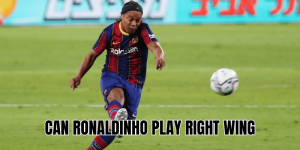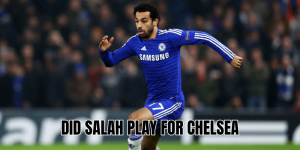Expectations were sky-high. A world-record signing, a genius with the ball, and a talisman of Argentine football — Barça fans dared to dream. But two turbulent years later, Maradona departed abruptly for Napoli. What really swayed that switch? In this article, IndiGoal uncovers the intertwined web of injuries, ego clashes, off-field controversies, and financial drama behind why Maradona left Barcelona.
The Promise and Early Setbacks
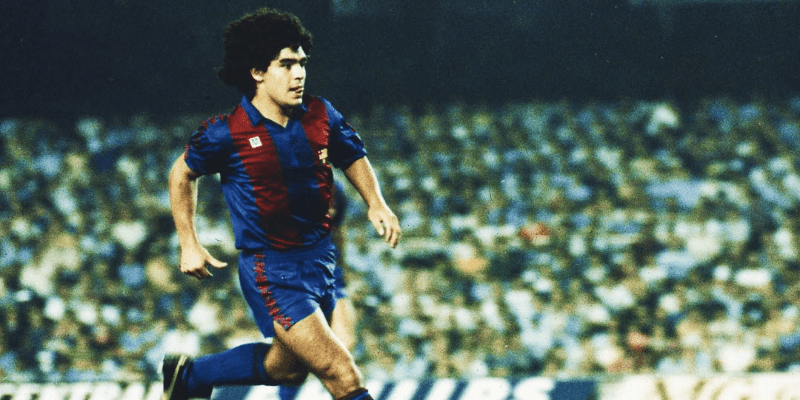
When Barcelona paid a then staggering fee for Maradona after the 1982 World Cup, the world took note — and Barça believed they’d landed a generational star. But fate intervened early. In his first season, Maradona was struck by a serious bout of hepatitis, sidelining him for months during a key stretch. Without him, Barcelona dropped in the title race. Over the two seasons, Maradona clocked around 58 official appearances with 38 goals — decent, but far, Maradona suffered a gruesome ankle injury inflicted by Athletic Bilbao’s Andoni Goikoetxea — nicknamed “The Butcher of Bilbao.” The damage involved a fracture of the malleolus and ligament issues. Recovery was slow, and though he returned earlier than expected, it left his body vulnerable.
So: injury, inconsistency, and missed chances — the foundations of a dream torn. But those alone don’t fully explain why Maradona left Barcelona.
Clash With Leadership: The Battle With Núñez
Maradona’s brilliance came with a volatile temperament. Reports and his own admissions point to serious friction between him and the club’s president at the time, Josep Lluís Núñez. Maradona once said the “biggest problem was Núñez — he showed up to training every day, policing everything, and I didn’t like that.” In a society where hierarchy and respect matter, Maradona felt micromanaged and disrespected.
Núñez, in turn, seemed to demand a pristine public image for Barcelona. When off-field controversies bubbled — rumors about drugs, nightlife, and behavior — the president publicly questioned whether Barça should carry players whose personal lives brought scandal. Facing internal pressure, Núñez later remarked that Barcelona needed players with “a clean image.”
One flashpoint was a dispute over Maradona’s passport. The Argentine claimed it was confiscated by club officials, interfering with autonomy. He said that was a breaking moment in his relationship with Barça leadership. These tensions weren’t just personality clashes — they were battles over control, image, and authority.
The Copa del Rey Final Riot and Ban
The symbolic eruption of Maradona’s Barcelona chapter came during the 1984 Copa del Rey Final against Athletic Bilbao. Emotions ran high — Maradona had been fouled ruthlessly, and Bilbao fans hurled racial barbs. After losing the match 1–0, Maradona snapped, launching into physical confrontations, throwing “kung-fu” kicks, and contributing to a mass brawl. Riot police were called in; it was chaos.
Spanish authorities imposed a three-month suspension on Maradona for his part. But rather than support him, Barcelona’s leadership reportedly chose to sell him instead of defending his cause. Rather than endure the fallout of the ban, the club cut the cord. That incident stands as the final straw — a dramatic public collapse of relations between player and institution.
Described by some historians as “the end for Maradona in Barcelona,” the melee encapsulated the fractures that had built beneath the surface.
Off-Field Chaos: Drugs, Health, and Reputation
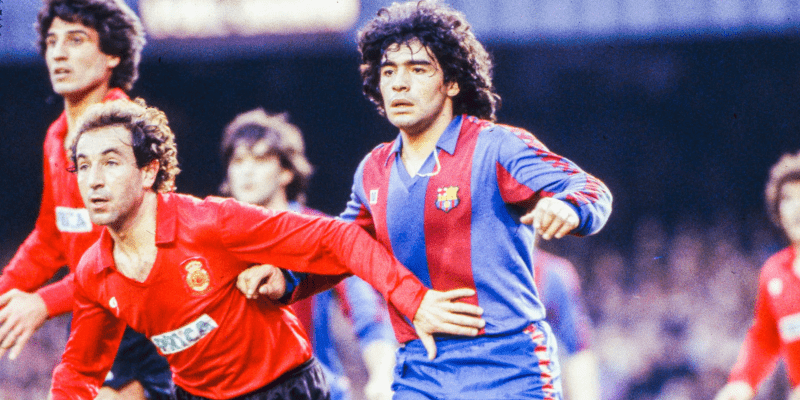
In later years, Maradona admitted that his first encounter with cocaine occurred during his Barcelona tenure — at age 24. He lamented it as “the biggest mistake” of his life. This admission, along with behavior patterns of partying and conflict, fed into Barcelona’s growing doubts about maintaining him as a centerpiece of their image.
Club insiders and journalists later pointed out that the management viewed Maradona as too disruptive, unpredictable, and controversial for a club that prized discipline. As revenue, broadcasting, and branding grew in importance, Barcelona leadership became less tolerant of players whose private lives might damage the brand.
Financial mismanagement on Maradona’s side — related to his representation and lifestyle — also exacerbated tensions. Barcelona leadership reportedly felt that he was not always mindful of his professional obligations or reputation.
Money, Napoli’s Temptation, and Final Push
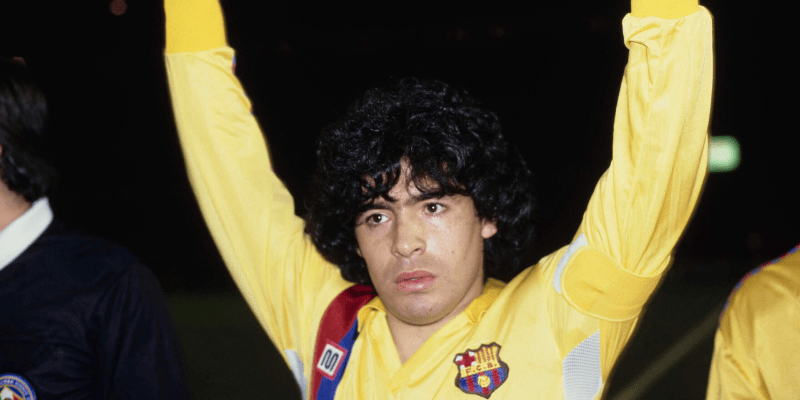
By 1984, Naples’ newly ambitious club offered Barcelona a princely sum. Napoli’s bid — including a substantial transfer fee and promises of a starring role — presented a tempting exit. For Maradona, it came with more freedom, less scrutiny, and a chance to rebuild on his terms.
From the club’s perspective, the sale made sense. Barcelona avoided further disruption, converted risk into capital, and offloaded a player they could no longer contain. It’s said that Núñez accepted the sale believing Maradona’s off-field problems had outpaced his contributions.
Maradona himself, later in his autobiography, acknowledged that financial and management disputes — particularly with his own representatives — nudged him toward accepting the Napoli offer. He felt Barcelona had lost faith in him, and Naples offered a fresh start.
Why Maradona Left Barcelona — At a Glance
| Factor | Role in Maradona’s departure |
| Severe injuries, health setbacks | Undermined consistency and performance |
| Clashes with president Núñez | Personal control and image disputes |
| Fiery altercations & ban | Copa del Rey final riot broke relations |
| Off-field controversies & drug use | Eroded trust, reputation concerns |
| Financial motive & Napoli offer | Exit channel when the relationship soured |
When combined, this tangled web reveals the true tragic beauty of his Barcelona stint: a club-wide mismatch of dreams, discipline, and personalities. The curtain closed not because Maradona failed to shine — but because Barcelona and Maradona’s worldviews clashed.
Final Thoughts
Why Maradona left Barcelona is not a tale of one reason but a collision of many. It’s a story of a delicate genius trapped in institutional expectations, a club torn between prestige and control, and a player whose fire could both dazzle and burn.
IndiGoal invites you to explore deeper: compare Maradona’s Barcelona years with his resurrected legend at Napoli, review his full career trajectory, or dive into match-by-match breakdowns. If this article intrigued you, browse our biographies, transfer analyses, and historical retrospectives — and stay tuned for more as we keep unlocking football’s greatest stories.


